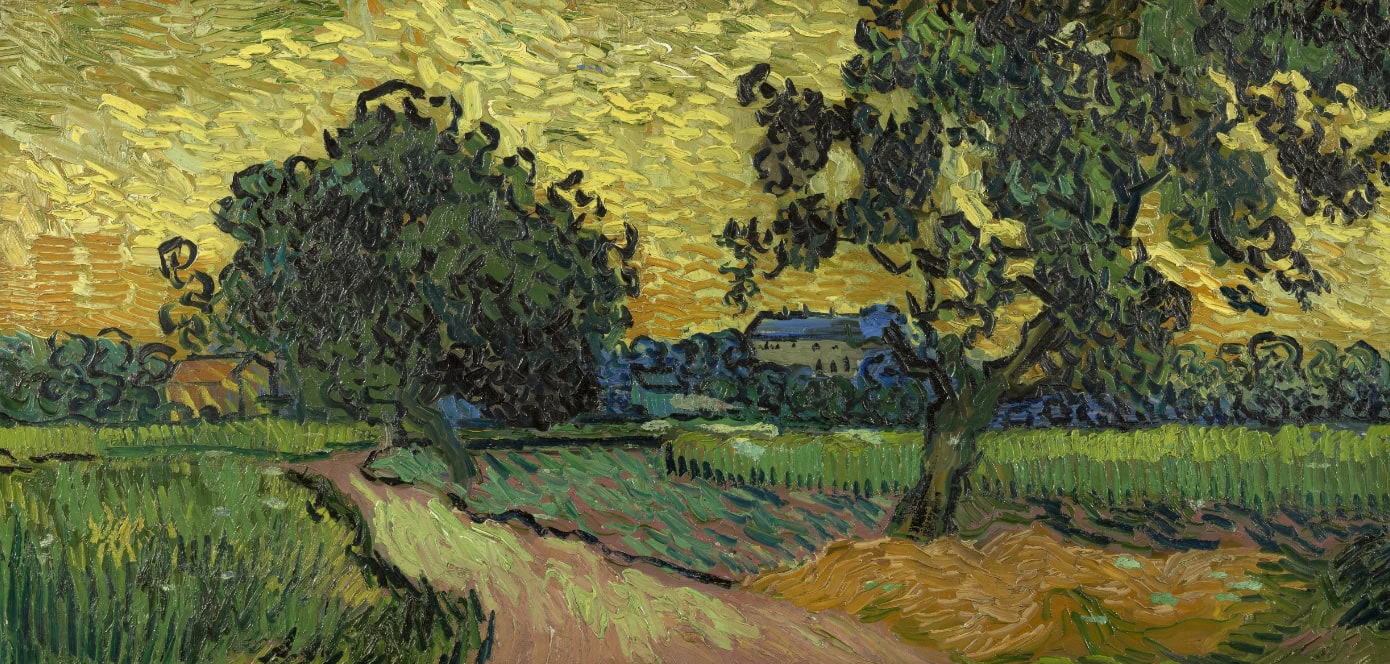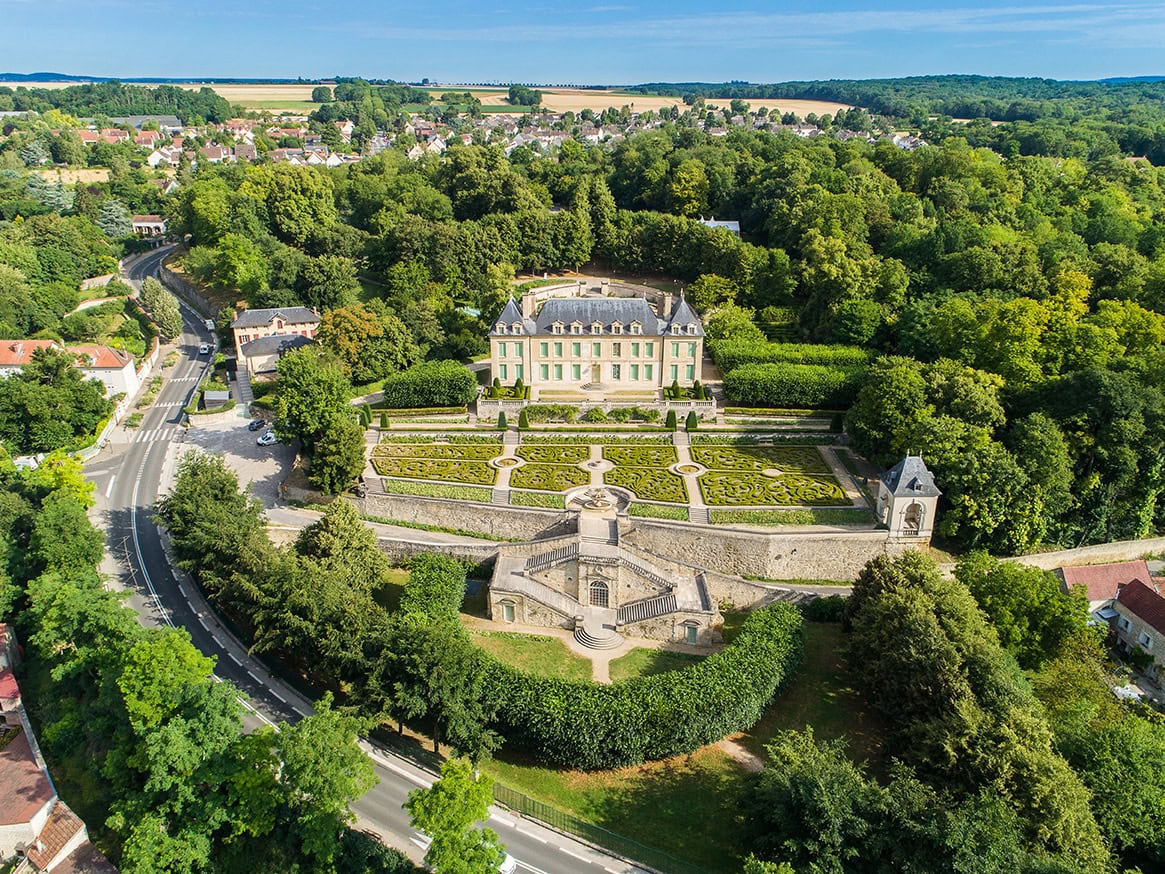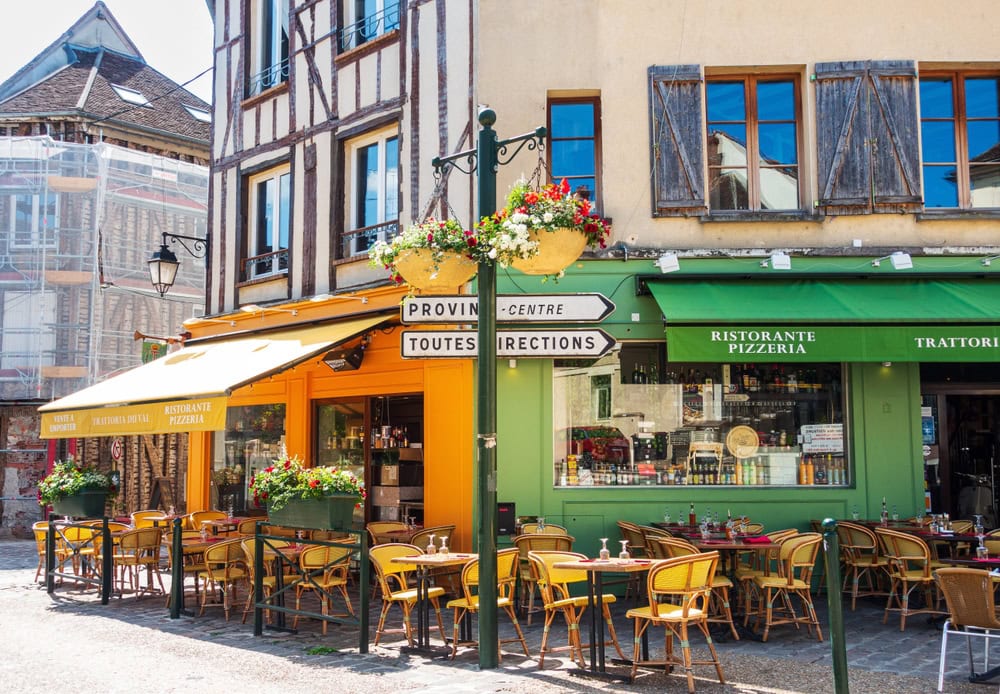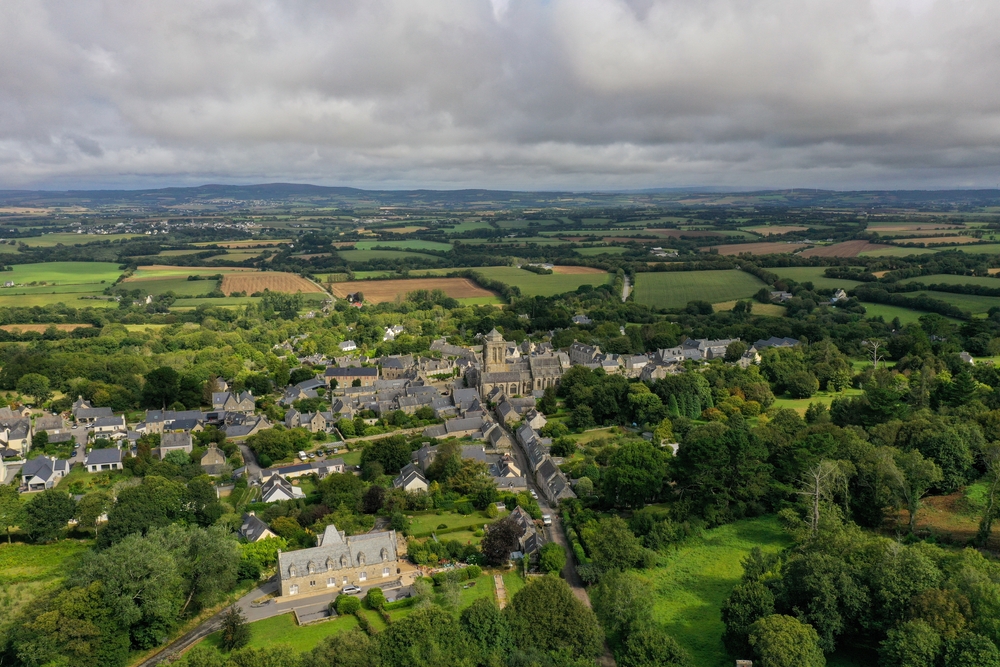
3 June 2025
Locronan, the Celtic soul of Brittany
Tucked away at the edge of Finistère lies the small town of Locronan. Though still off the beaten path, it's rich in legends and local wonders. Teritoria takes you on a journey to the heart of our regions.
Cover photo: aerial view of the French village of Locronan, in Finistère, Brittany © Shutterstock /photofort77
Listed as a Historic Monument since 1924, Locronan is one of Brittany’s most prestigious sites, known for its traditional Breton architecture. Steeped in Celtic beliefs, a centuries-old textile heritage, and landscapes that have inspired some of the greatest painters, Locronan is a hidden gem waiting to be discovered.
Locronan: Between Sea, Mountains, and Belief
Nestled in the heart of the mountains and perched above the sea, Locronan stands as a beacon of ancestral Breton beliefs. Once a sacred site for the Celts, it hosts the Troménie every six years, a ritual procession calling for forgiveness. For the occasion, locals and visitors don traditional Bigouden costumes.
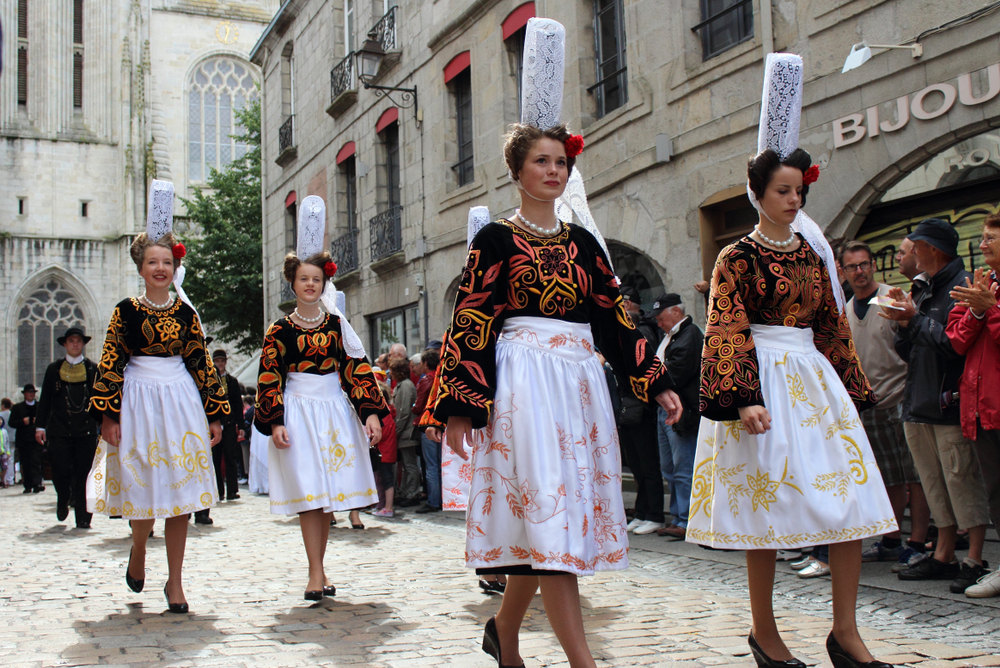
A land of miracles, Locronan is said to be the site of fertility wonders, particularly at the Church of Saint Ronan. This legend is believed to have inspired the name of the Bois du Névet, derived from ‘Németon‘, meaning ‘natural temple under the vault of heaven’ in Breton. The Church of Saint Ronan also features twelve remarkable points, symbolising the twelve months of the year and twelve male and female deities.
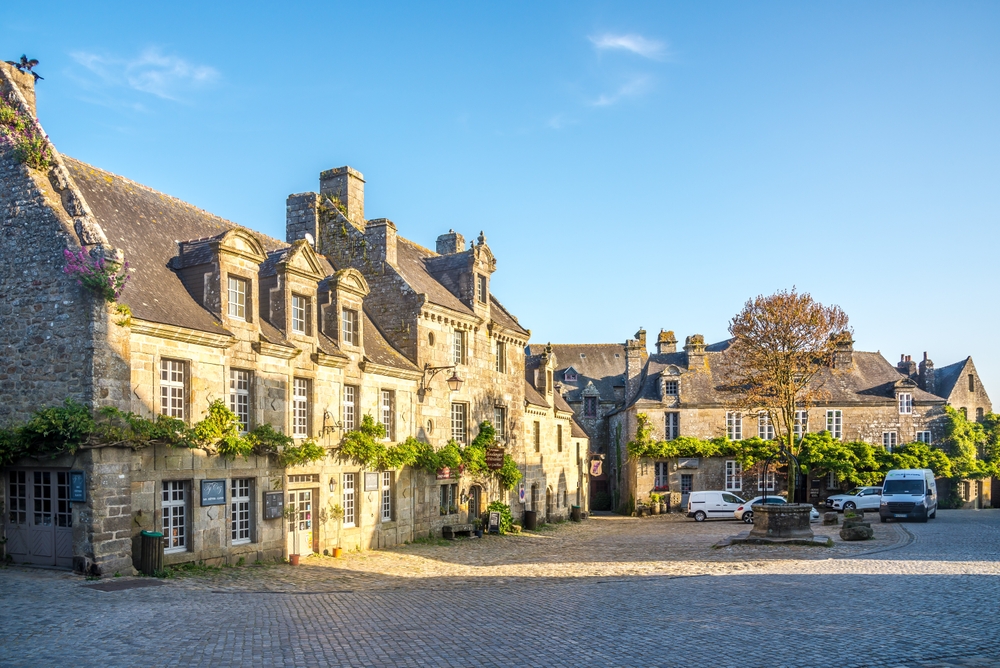
All these symbols reinforced fertility beliefs and drew visitors seeking blessings to conceive. Even the Duke and Duchess of Brittany are said to have visited in 1905 to pray for an heir and the continuation of their line. The church was officially listed as a Historic Monument in 1845.
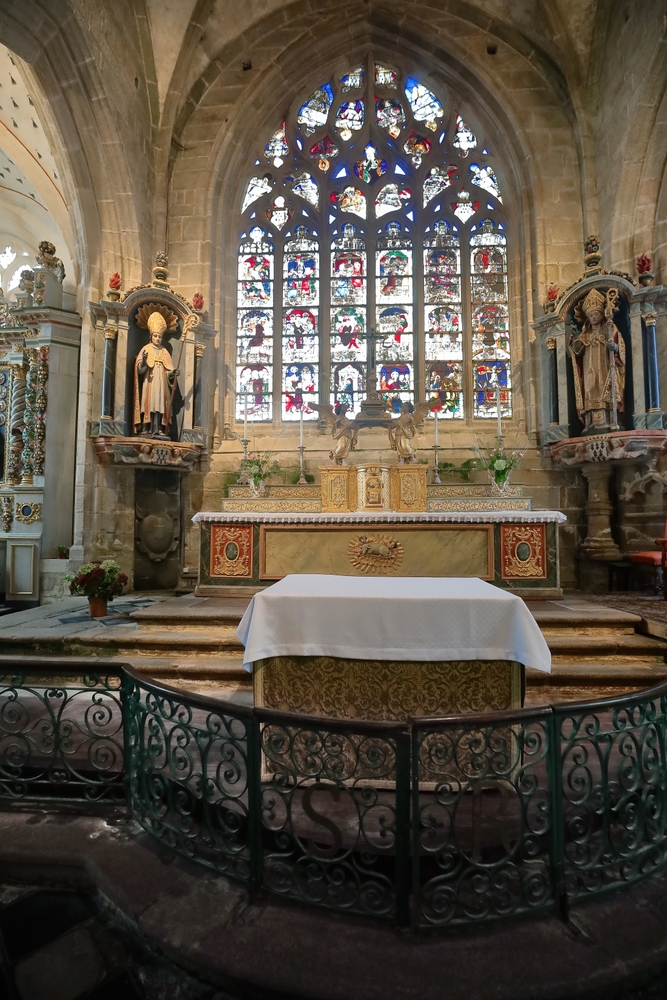
Locronan is steeped in Celtic legends. On the Saturday before the first Sunday in May, young men who have come of age plant a beech tree, a symbol of spring’s awakening.
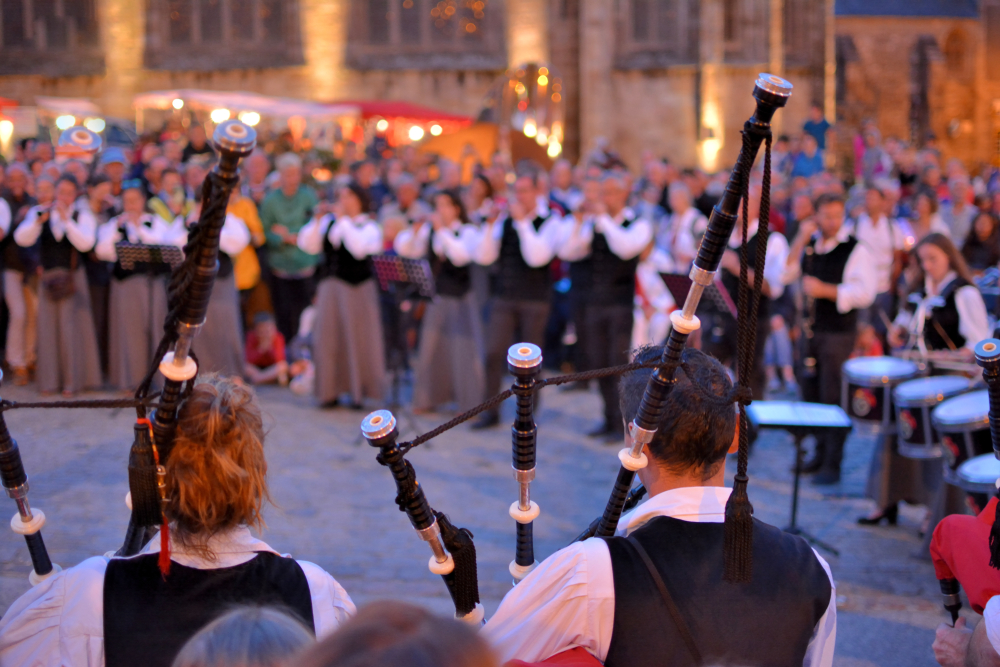
Similarly, the first day of November marks the beginning of the Celtic year, a gateway to a powerful night. On this night, the great festival of Samonios takes place, when communication between the world of the living and the dead becomes possible. Bread for the dead is distributed until the first Sunday in November.
Locronan, the hemp and flax route in Brittany
Thanks to the renown of the Church of Saint Ronan, Locronan prospered with the arrival of visitors, which boosted the work of craftsmen, merchants, and minor nobles, all of whom contributed to the creation of the city of weavers.
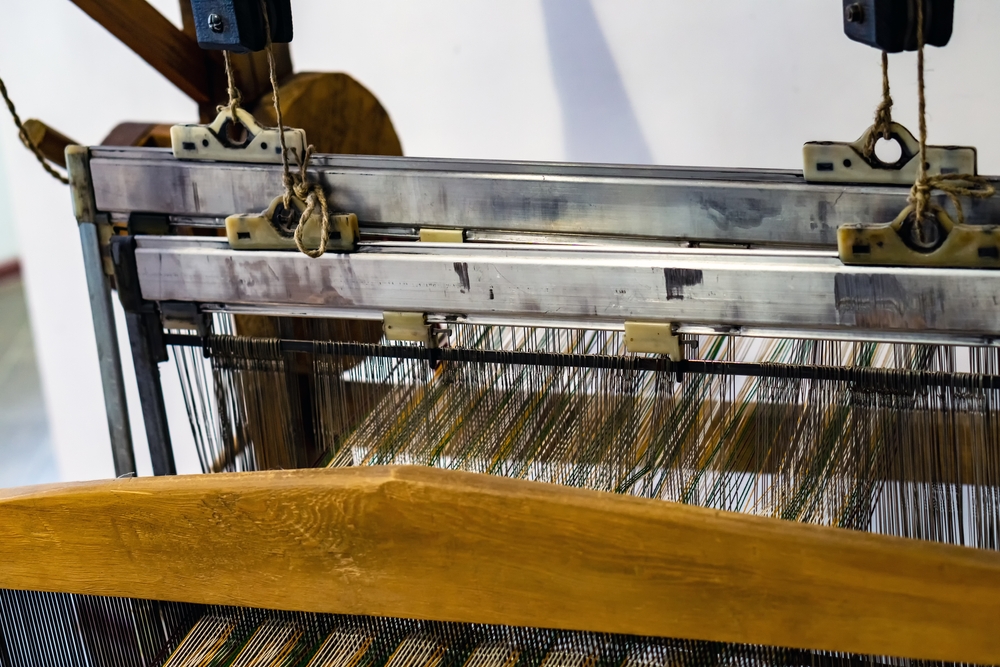
Brittany’s climate and abundant streams made it possible to cultivate hemp and flax in Locronan as early as the 15th century. Since then, the town and its textiles have gained lasting renown, used to outfit the largest ships of the French kingdom, including the Armada and even the ships of Christopher Columbus. The Hôtel de la Compagnie des Indes, founded in 1689 by Jean-Baptiste Colbert, worked closely with the Bureau des Toiles, established in 1669, to inspect fabric quality and stamp them with the “Locronan” mark before export. Today, the Hôtel de la Compagnie des Indes is open to visitors, offering a deep dive into the history of maritime exploration.
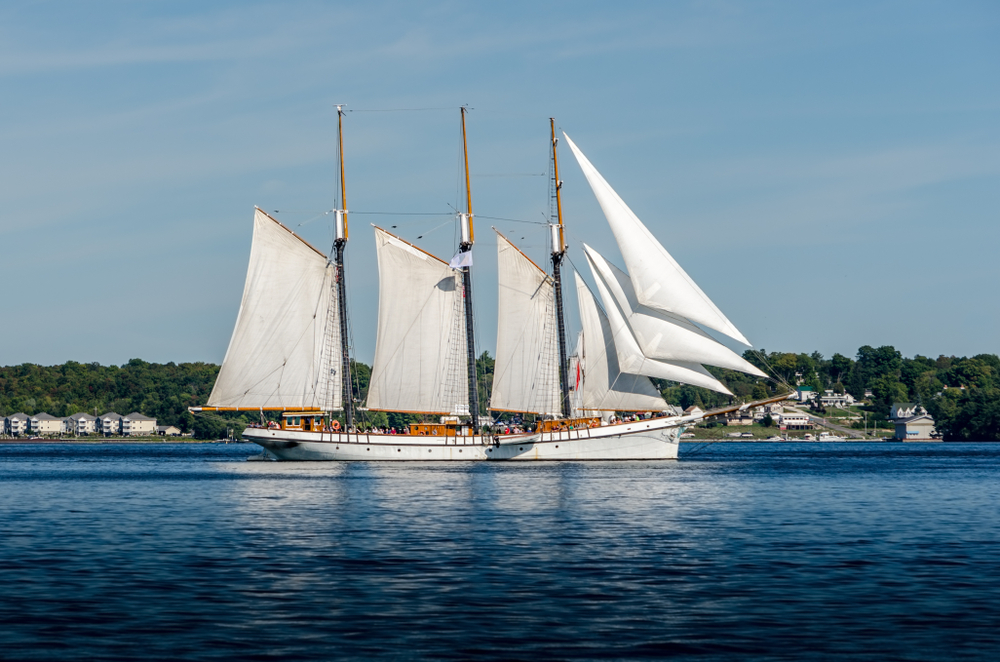
Flax and hemp grown in France are among the most sustainable and eco-friendly textiles. Their cultivation requires no excessive irrigation or chemicals, significantly reducing their environmental impact. Grown locally, they avoid long-distance transport and support short supply chains. In addition to being biodegradable, these fibres are strong, durable, and make use of the entire plant. Hemp, in particular, absorbs large amounts of CO₂ and helps regenerate the soil. Unlike cotton or polyester, their production is simple, clean, and local.
The painters’ route in Cornuaille
Brittany has long inspired artists, and the Charles Daniélou Art Museum is living proof. Founded by the mayor of Locronan, who also served as a minister during the Third Republic, the museum houses a collection of paintings celebrating the beauty of the region. Works by Emile Simon, Désiré Lucas, Kamesuke Hiraga, Yvonne Jean-Haffen, and others bear witness to Brittany’s vibrant artistic life in the 20th century.

The museum presents works from the town’s collection, including Les Eaux-Fortes by Marie-Renée Chevalier-Kervern, paintings by Henri Le Sidaner, and a large canvas by Odette Pauvert, the first woman to win the Prix de Rome in 1925, now on display for the first time since its restoration in 2019. This piece, designated a National Treasure, is also protected as a Historic Monument. The museum also features works donated by Charles Daniélou (1878–1953) and Rector Maurice Dilasser. Finally, the sculpture Anne de Bretagne by Jean Fréour, acquired by the town in 2018, greets visitors at the entrance.
Locronan among the “most beautiful villages in France”
Tucked away in the Finistère region, Locronan stands watch in the early hours of summer, as golden light brushes its façades, highlighting finely carved dormer windows and making the slate roofs sparkle. On the main square, the houses gently encircle the Saint-Ronan Church and its Pénity Chapel, like a silent theatre.
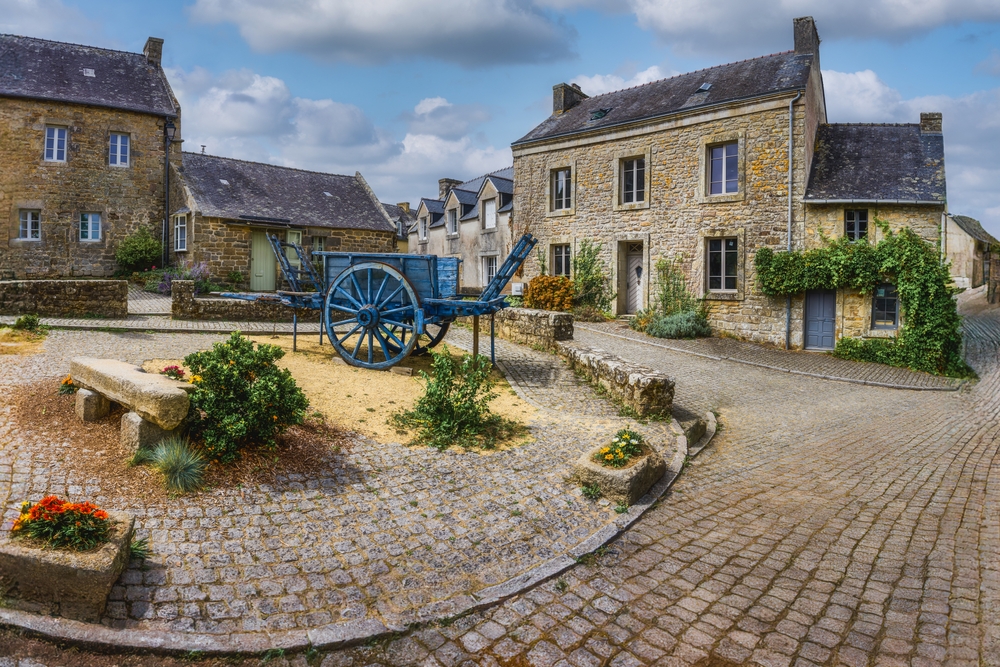
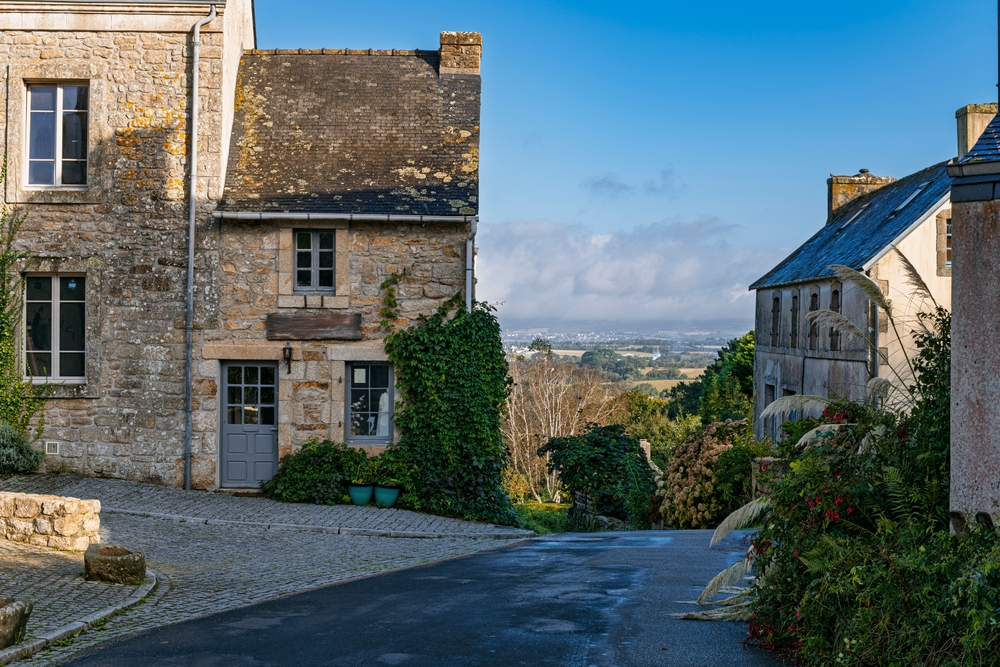
Inside, stained glass windows and the pulpit recount the legends of the saint. Outside, narrow streets lined with old houses invite you to stroll. Here, no cars break the spell, only wooden signs, discreet shopfronts, and the aroma of warm kouign-amann guide your steps. Let yourself be enchanted by the mystical charm of Brittany with our gift cards and gift boxes, perfect for treating yourself or someone special to a stay in the region.
Discover more legends from Brittany and beyond in our newsletter. Already under Brittany’s spell? Join our loyalty programme and be rewarded for your loyalty.
By Emilie FALLOT NGUYEN
